I recently bought this Hanimex XP2, an interesting 110 camera because it looks “manufactured” as Sylvain Halgand’s web site describes it. In other words, it looks like a camera that has been made from metal components, screwed together and finished with traditional materials rather than plastic mouldings snapped and screwed together. That site also describes a set of attachments for telephoto, wide angle, portrait and close up use. A very capable instrument indeed compared to most of this format.
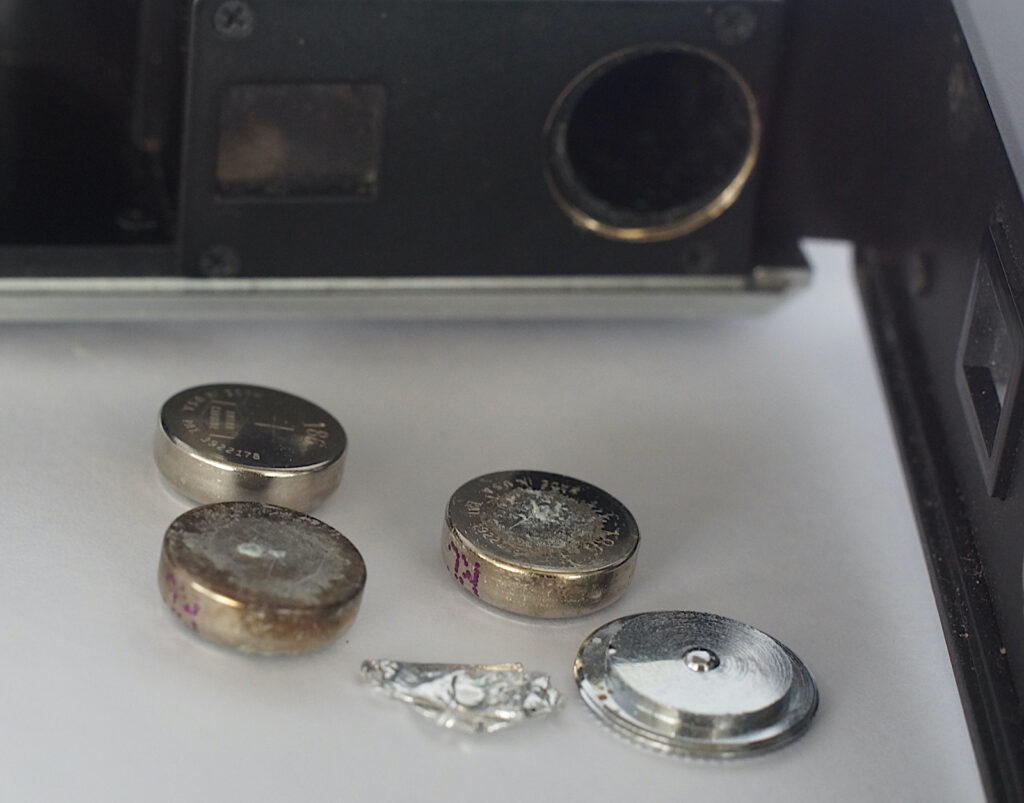
Unfortunately, I can only give a description because the batteries had been left in and had corroded badly so that I have been unable to coax any life into it. The good news is that it only cost NZ$15 and is very presentable.
Information
Researching the web produced a lot of information about Ilford’s film of the same name but very little about this camera. Halgand’s site gives far and away the most information. It was produced in the mid-1970’s and made in Japan for Hanimex, a firm that commissioned and distributed a wide range of photographic items throughout the second half of the 20th century. There are some excellent sites telling the story of this Australian company on line.
The camera
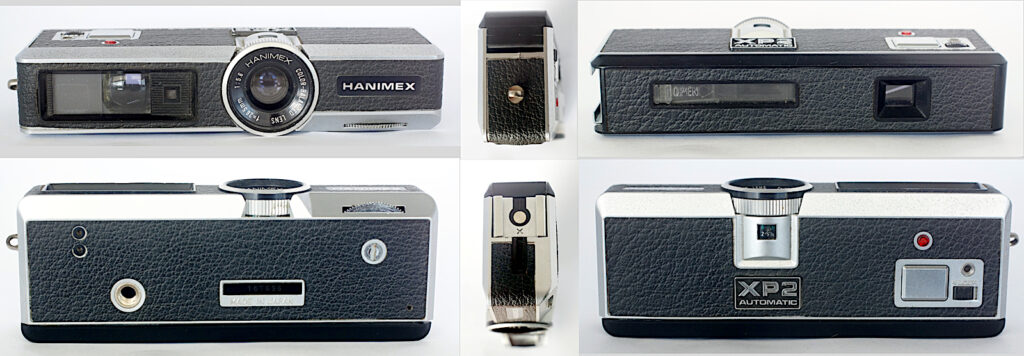
The Hanimex XP2 certainly looks as though it is made in a traditional way but at its core it is mainly plastic. And its weight doesn’t match the appearance but it is still a very nice camera to handle.
It has an automatic exposure system with no manual override, a cable release and lock around the shutter release and a battery check (I assume) alongside. A tripod socket and motor drive connections are provided on the base and the aforementioned accessories fit in the appropriate locations. A hot shoe is provided on one end and an eyelet for a strap on the other. Wind on is manual with a serrated wheel just projecting from the front panel on the left and of course takes the standard 110 cartridge.
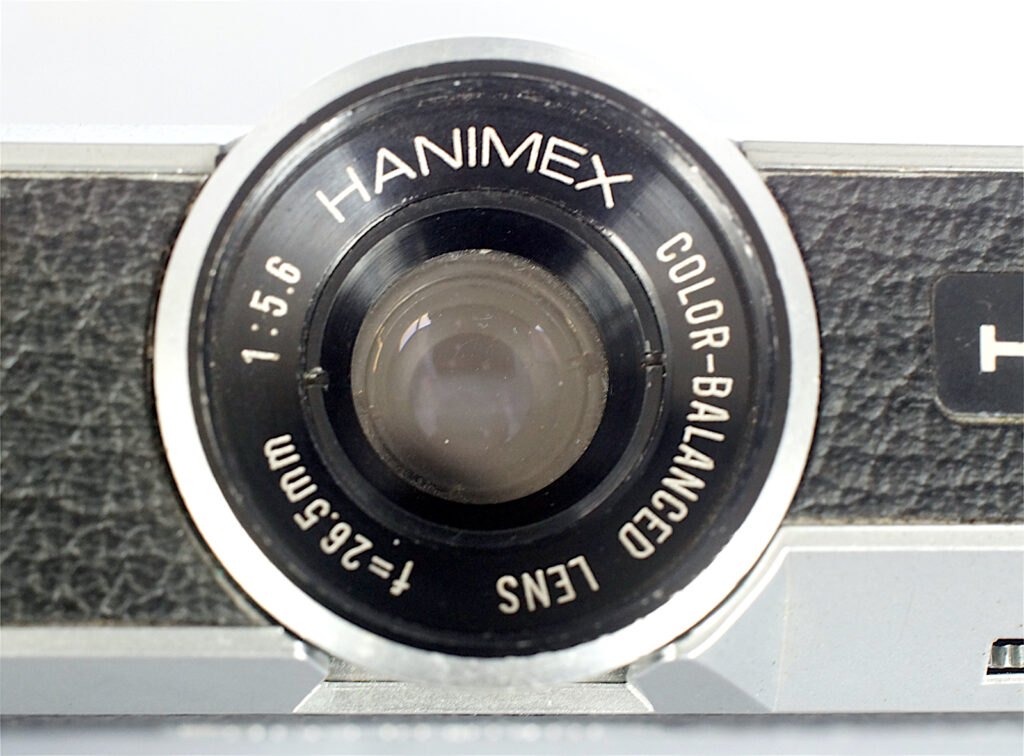
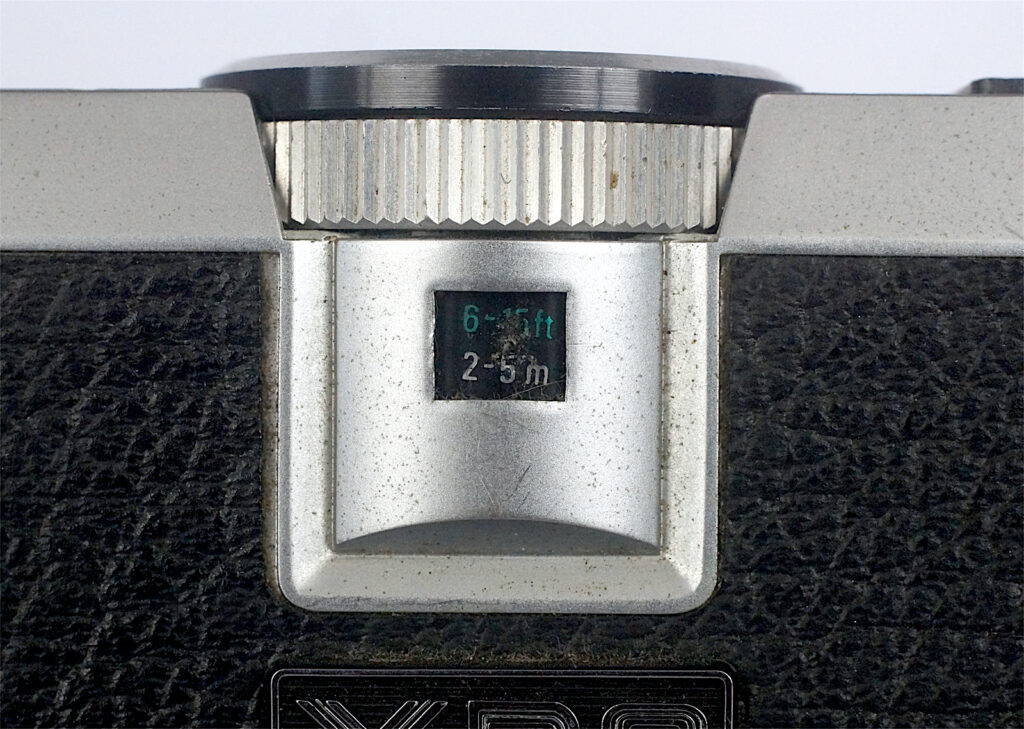
The most obvious feature of the Hanimex XP2 is the lens which looks to have been borrowed from a more traditional camera. It is quite large at f5.6 maximum aperture and with a 25 mm screw thread for filters etc. It has a focusing scale in a small window above the lens and softish click stops at 1-2m, 2-5m and 5m-∞. Infinity itself can be selected by turning past the distance for the longest pre-set. Intermediate settings are possible down to 3 feet this because the focus click stops are not too strong and the second, green scale in feet shows actual distances that can be set if preferred,
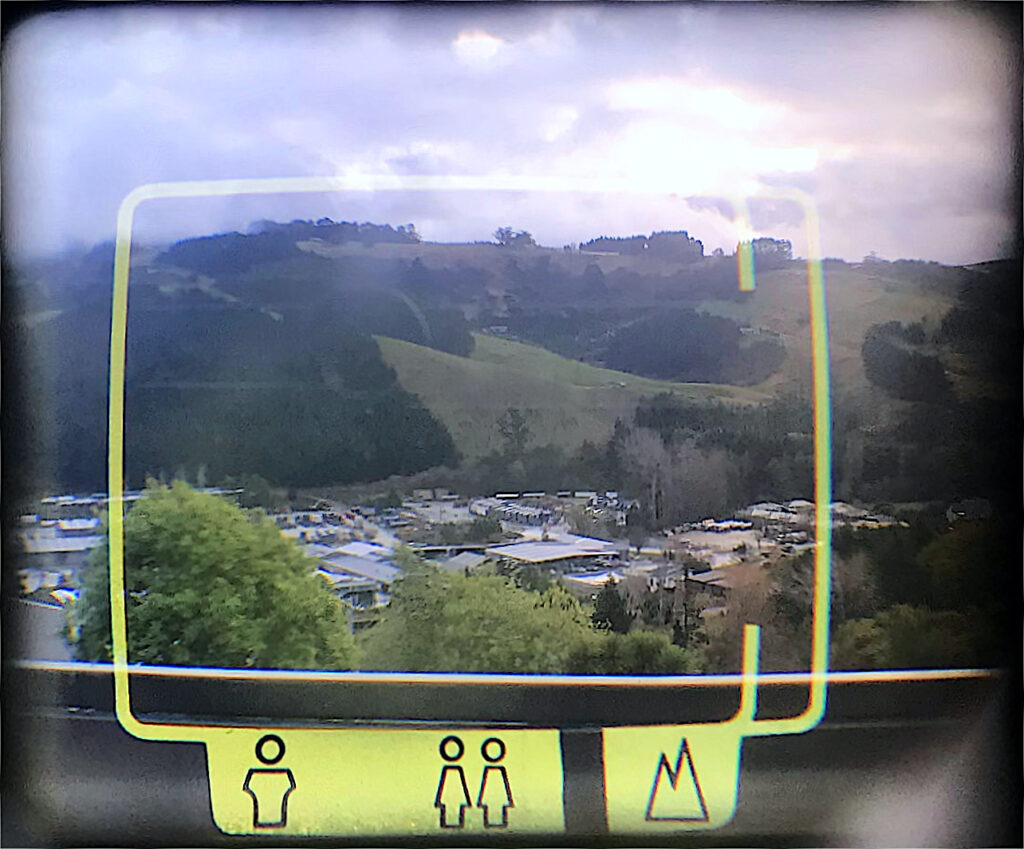
The viewfinder is reflected frame type with the usual portrait, group, landscape symbols for the three focus click stops along the base with an indicator that moves with with the focus. All of the finder can be seen even wearing glasses.
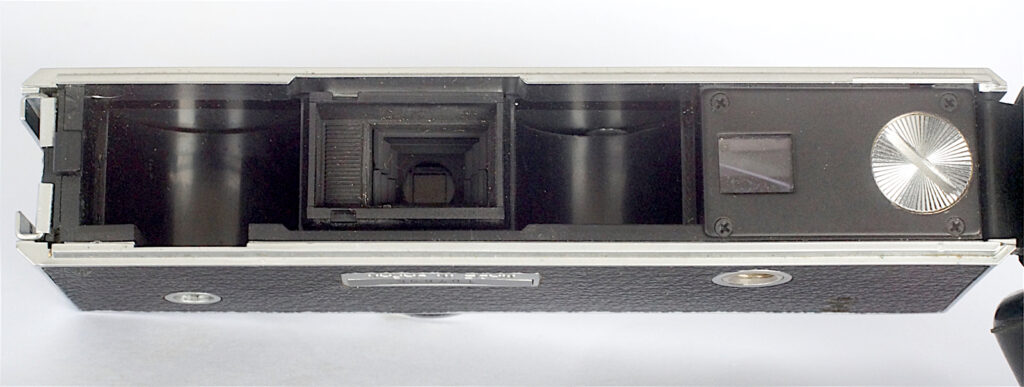
Inside there is the usual arrangement for a 110 cartridge and a panel containing the finder and battery compartment. There is a feeler for frame spacing and a sensor in the back of the film feed chamber that I thought would sense if a film is loaded. All I achieved with a cartridge inserted was that the sensor disappeared into the body. The hinged back has the usual window to check exposure numbers and is secured with a sliding catch.
It appears there is no means of identifying what speed film is loaded to the camera. Only a simple ledge is provided at the feed end to support the cartridge so the camera must only expect slow, ISO 80 film. There is no manual setting for film speed. This make sense in a way with such a relatively large aperture lens. Sunny 16 exposure would need a shutter speed of 1/640sec at maximum aperture in sunny conditions. Some form of program is no doubt used linked to a variable shutter/aperture mechanism, likely designed to avoid camera shake as much as possible. There is no way to check this however, the shutter being in operative.
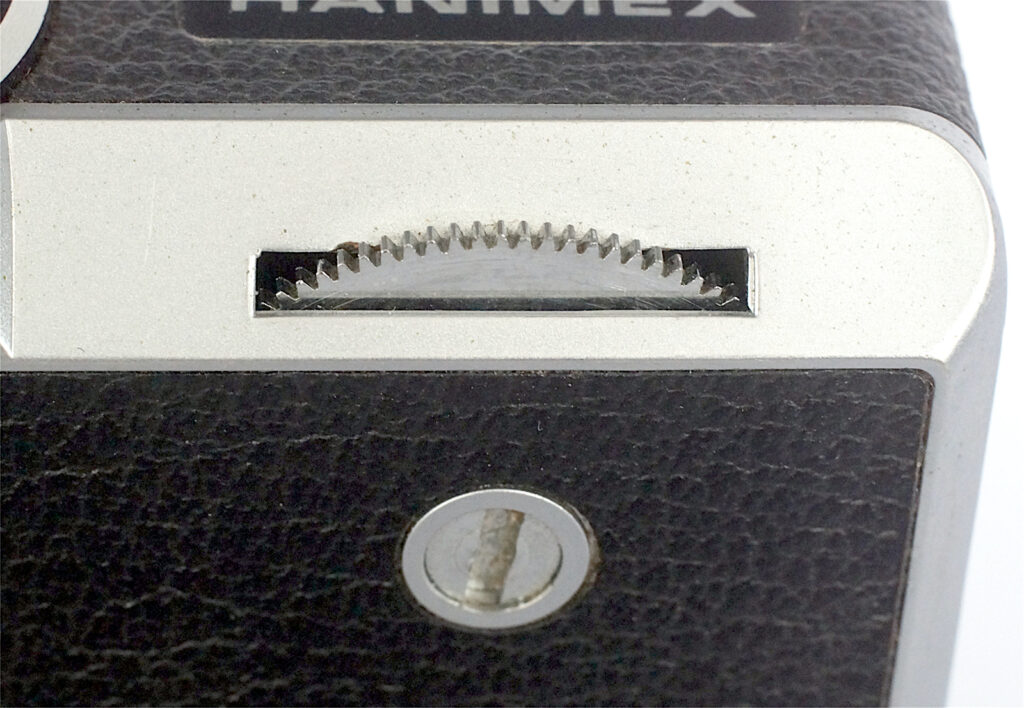
Handling is typically 110, with a comfortable two handed grip in landscape but a little awkward in portrait. I have many portrait 110 frames with a finger included. The placing of the wind-on is the least satisfactory ergonomically. The usual location under the right thumb used by most cameras being more convenient.
In conclusion
I am disappointed not to be able to see what this very tactile little camera can do so if anyone fancies trying to bring it back from the dead I will be happy to pass it along. Just drop me an email.
Share this post:

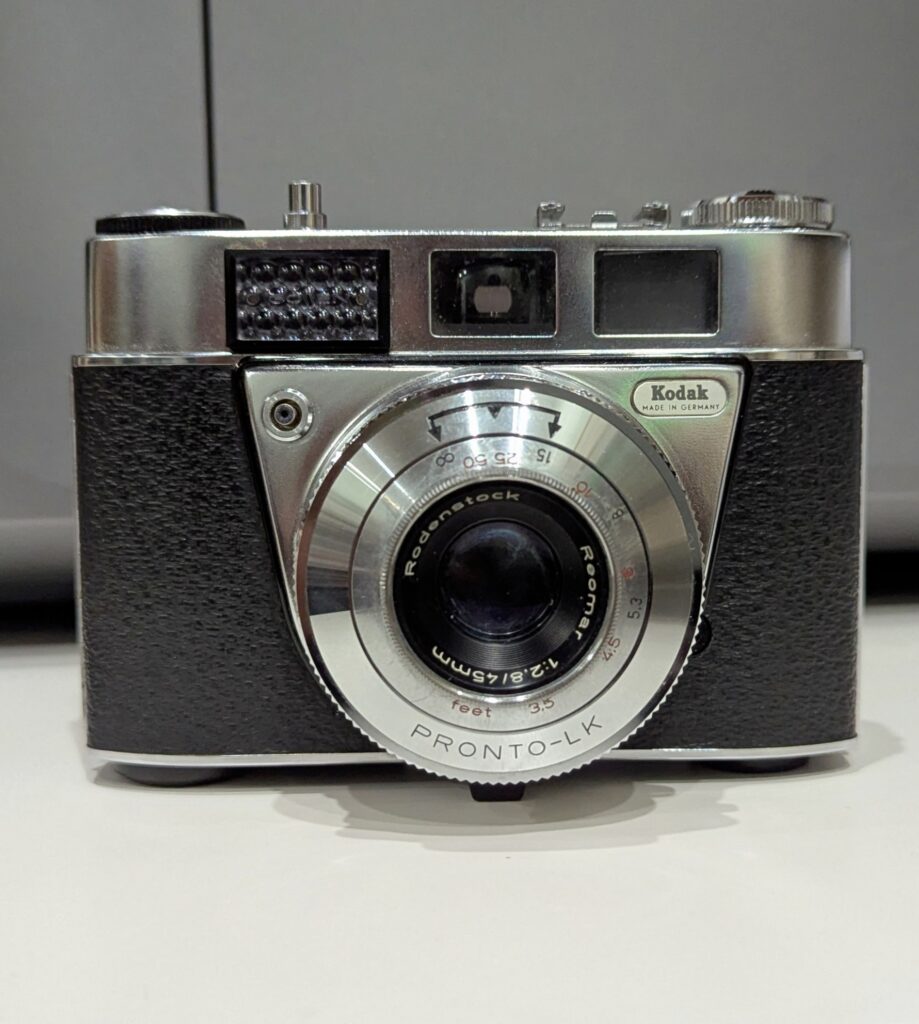
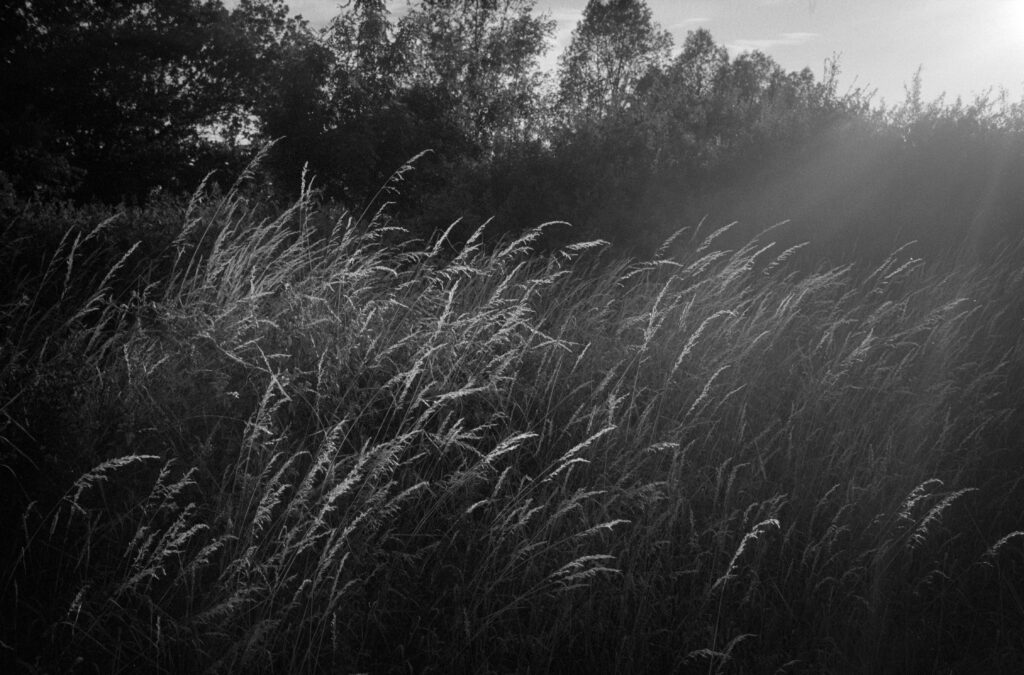
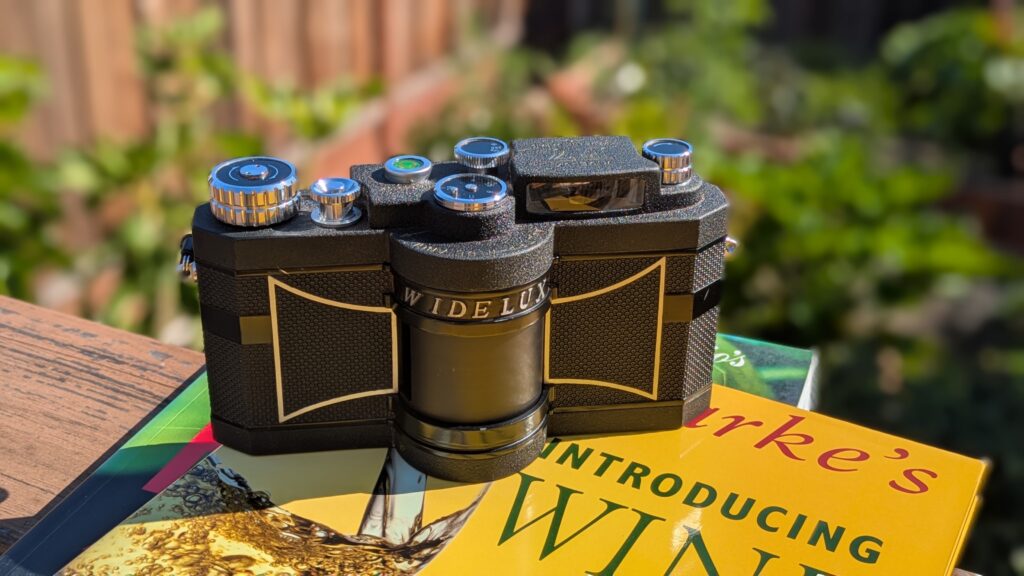
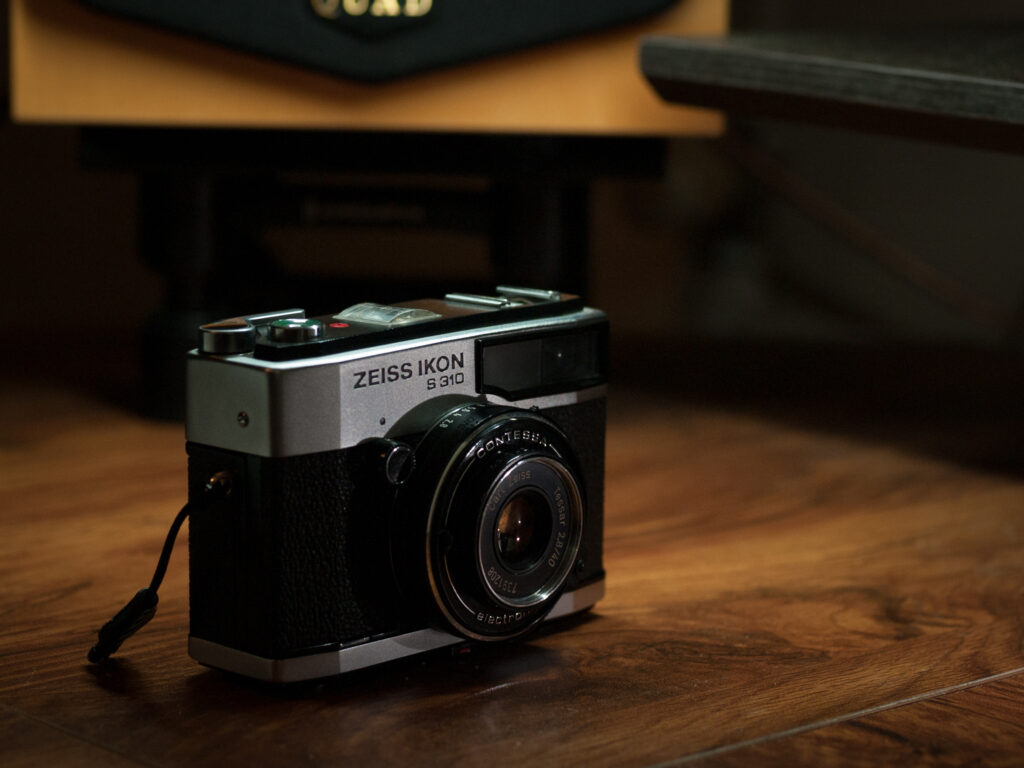
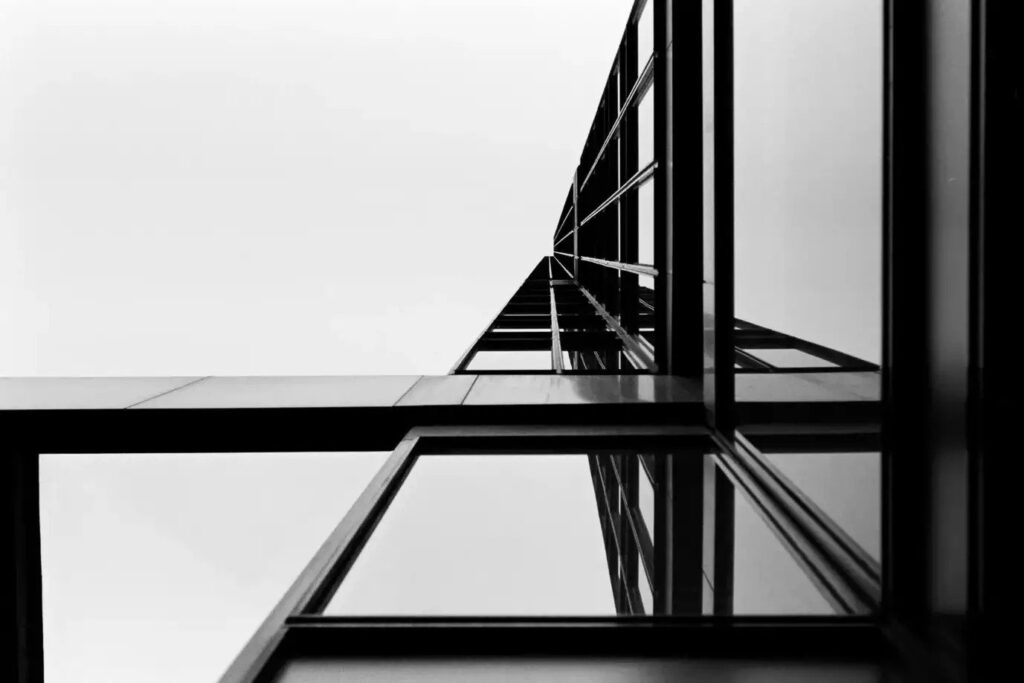
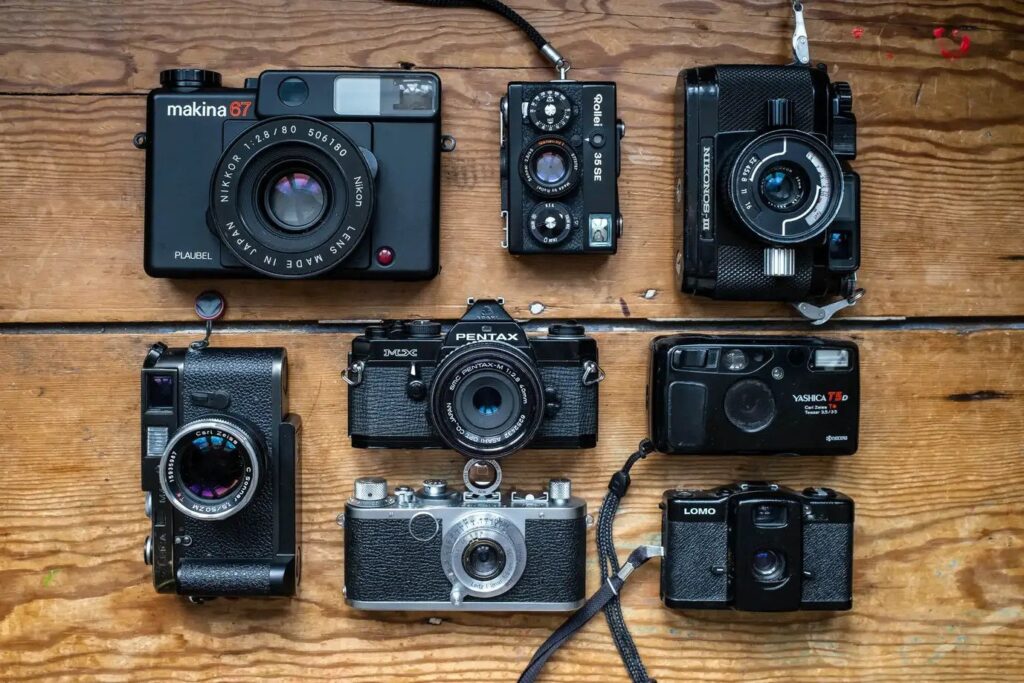
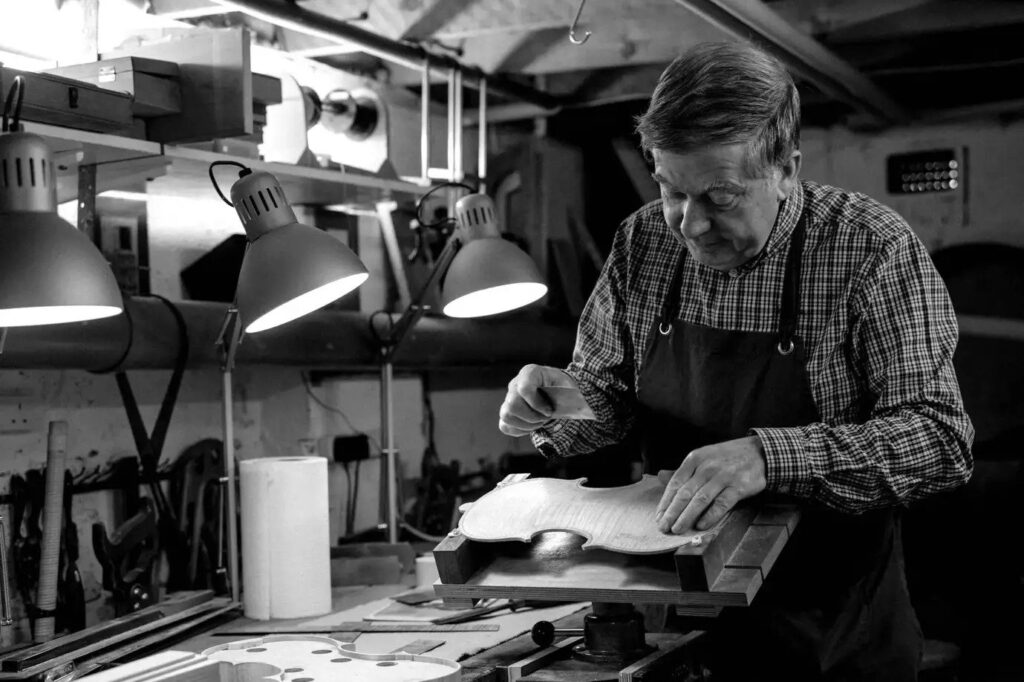
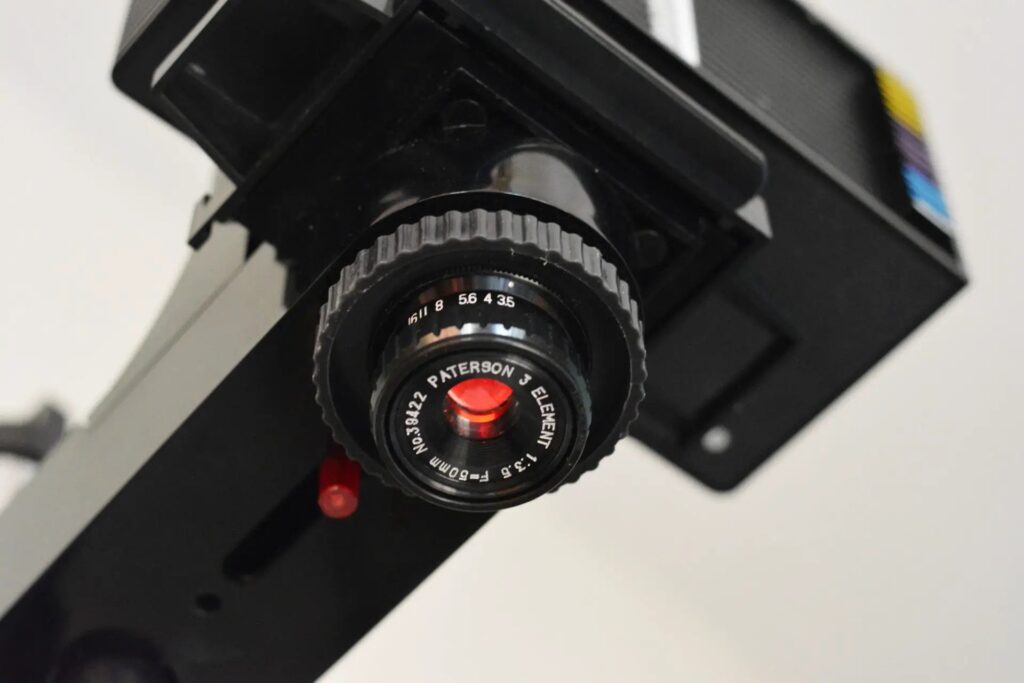
Comments
Michael Zwicky-Ross on Hanimex XP2 – An overview
Comment posted: 17/07/2025
Comment posted: 17/07/2025
Gary Smith on Hanimex XP2 – An overview
Comment posted: 17/07/2025
At least you're not spending your life's savings.
Comment posted: 17/07/2025
Ibraar Hussain on Hanimex XP2 – An overview
Comment posted: 19/07/2025
I bought a Ricohmatic 110x Deluxe camera from eBay
Eventually bought the battery and when it came to using it the electronics were dead
I was gutted as wasn’t able to return it as I’d had it months before deciding to use it
Comment posted: 19/07/2025
Paul R on Hanimex XP2 – An overview
Comment posted: 25/07/2025
Comment posted: 25/07/2025
Bill Watts on Hanimex XP2 – An overview
Comment posted: 12/08/2025
I like odball kit so this appeals and this particular model seems to be fairly rare.
Comment posted: 12/08/2025
Bill Watts on Hanimex XP2 – An overview
Comment posted: 14/08/2025
This can be tested by gently sliding the small lever at the bottom of the film chamber gently to the left until it clicks then the shutter is cocked. The shutter release button works even without batteries inserted, probably at about 1/60 or 1/125s default speed (I have not checked) and f5.6 meaning that even if the batteries fail, the camera will probably get a picture.
Worth checking this out if you have not already.
Comment posted: 14/08/2025